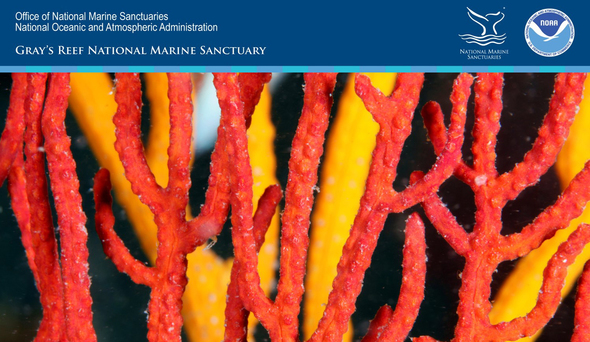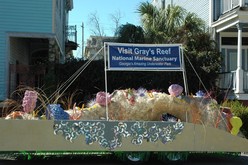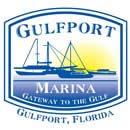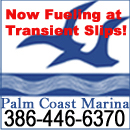FOCUS ON Palm Coast Marina, FL AICW Statute Mile 803
|
|
| The Palm Coast Marina, located at the mouth of the Palm Coast saltwater canal system, has 80 slips, a ship’s store, and a brand-new fueling station. Mobile repair services and detailing are available, and there is even on-site kayak rentals and yacht brokerage! |
|
|
 | Volume fuel discounts are available! We are the only fuel stop between
St. Augustine and Daytona Beach. We offer private showers, on-site laundry, and even a boater’s lounge! |
|
| Palm Coast, located in Flagler County, is an oceanfront community with a hometown feeling that respects and protects the natural environment – where the sun shines abundantly and people love to get outdoors year-round for fresh air, exercise and family fun! Living in a healthy environment is important to us. Since our early days, Palm Coast has been carefully designed for a healthy balance between nature and development. We value trees, waterways and beautiful, natural landscaping that give our community a “wow” factor. You’ll find native Florida foliage and colorful birds and wildlife along magnificent trails, along with pristine beaches, world-class golf and tennis and plentiful boating and fishing. |
|
| We are conveniently located less than 40 minutes from Daytona Beach International Airport and approximately 1.5 hours from the Orlando International Airport. Ocean access can be had from St. Augustine (approx. 25 miles north) and Ponce Inlet (approx. 40 miles south). Access can also be made from Matanzas’s Inlet (approx. 10-15 miles north of Palm Coast) depending on boat size and tidal conditions. |
|
 | | St. Augustine Inlet |
|
|
|
Click Here To View the Cruisers’ Net’s Eastern Florida Marina Directory Listing For Palm Coast Marina
Click Here To Open A Chart View Window, Zoomed To the Location of Palm Coast Marina
2 Facebook Likes, 2 Facebook Reactions





































Be the first to comment!